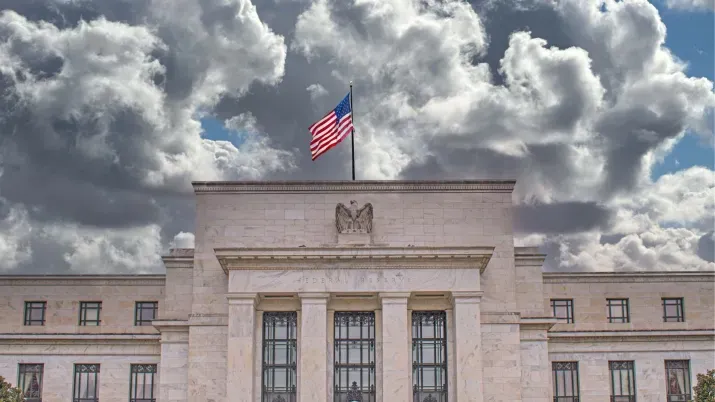
AI: How deep are the bond market’s pockets?
For much of the past year, the AI story in markets has been one of unrestrained optimism. Firms have been racing to spend on chips, infrastructure, and data centres, and equity valuations have generally rewarded those with the boldest capital expenditure plans.

Weird week of data to drive macro narrative
Economic data this week will be weird, and for central bankers it might not be wonderful. In the US, not only will we endure the aberration of non-farm payrolls (NFP) data being published on a Thursday, but we’ll also get several late macro data releases with the government shutdown put off until at least January.

CLOs are finally pricing the tail
For some time now, collateralised loan obligations (CLOs) have in our view been one of the standout risk-adjusted opportunities in all of fixed income, and in recent years (including this one) their performance has lived up to that billing.

Stakes are high but Fed in control as it ends QT
In 2017, when the Federal Reserve (Fed) was preparing to shrink its balance sheet, then-chair Janet Yellen famously described the process of quantitative tightening (QT) as being "like watching paint dry."

Solvency II transition leaves insurers (and bondholders) in better place
This year will go down as an important period for the European insurance sector, which is concluding its effort to phase out capital instruments issued under the old Solvency I framework and replace them with more modern Solvency II structures.

Should bond markets fear an AI bubble?
There is an emerging sense of unease in the markets around the scale and productivity of corporate investments in AI. As fixed income investors, not equity or tech managers, we will not aim to assess the longevity or possible applications of these nascent technologies, and nor should we opine on when or by how much equity markets might go up or down.

Fed tension limits scope for UST rally
Jerome Powell and his Federal Reserve (Fed) colleagues decided to cut the Fed Funds rate by 25bp to 3.75-4% at last week’s policy meeting, marking 150bp of cuts since the cycle began in September 2024.

Falling oil prices and what it means for credit markets
Oil prices have been gathering headlines in the last few weeks. After falling below the $60 per barrel mark, the West Texas Intermediate price (WTI) bounced back strongly as a result of fresh sanctions announced against the two Russian giants, Lukoil and Rosneft.

Cooling inflation offers relief amid US data blackout
Amidst an economic data blackout caused by the US government shutdown, markets received a bit of positive news on Friday with the release of the US CPI report which showed consumer prices in September increased at a slower pace than expected.

T-Bill and Chill: Running out of steam?
Earlier this month, we wrote about the high cost of staying in cash in the Euro market. In that note, we argued that a combination of inflation, low front-end rates and steeper curves, favoured a rotation out of cash and cash like instruments into other alternatives that delivered better real returns, including credit. Building on this argument, we wanted to extend this perspective to the US dollar market and highlight a few key points.

Maybe the stars align for an earlier cut from the Bank of England?
The labour market in the UK continues to cool off along the lines of what the Bank of England (BoE) expects. Yesterday, the Office for National Statistics (ONS), released its monthly labour market data report, highlighting a rise in the unemployment rate and a reduction in some wage inflation measures.

CLOs prove resilient amid First Brands loan rout
The sharp sell-off in loans tied to First Brands Group, a US auto-parts supplier, has rippled through credit markets in recent weeks — but for investors' outstanding senior secured loans held in Collateralised Loan Obligations (CLOs), the damage appears modest and distinct from reported off balance sheet financings.
Blog updates
Stay up to date with our latest blogs and market insights delivered direct to your inbox.

